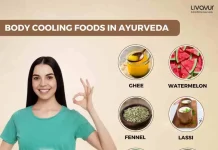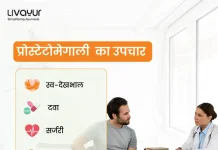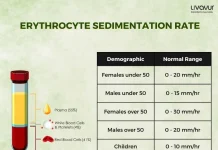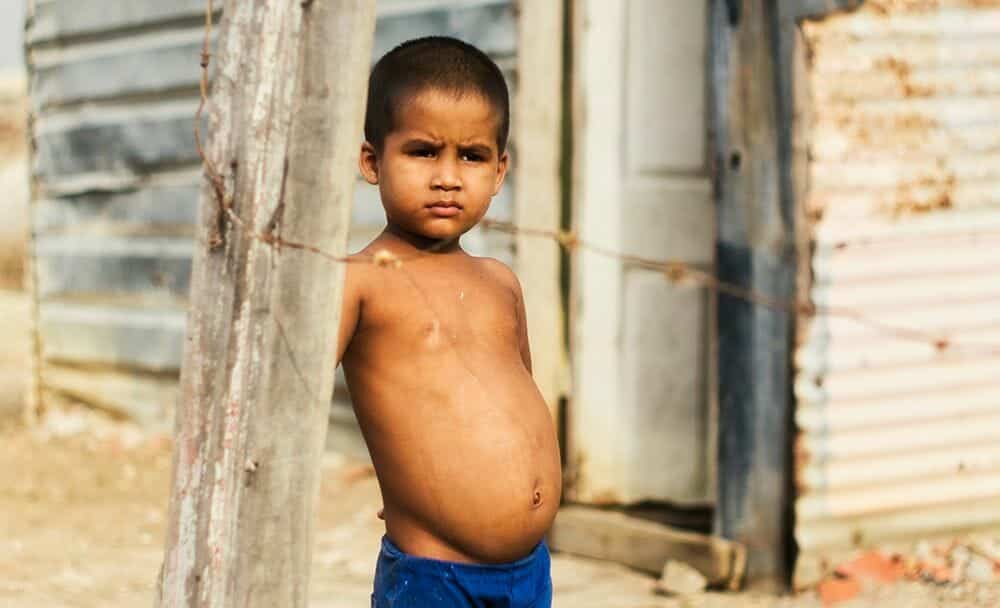
Kwashiorkor is a severe form of malnutrition primarily affecting children in developing countries with limited access to nutritious food. Kwashiorkor is caused by a severe protein deficiency in the diet and low levels of antioxidants, leading to various symptoms and potentially life-threatening complications. According to Kwashiorkor definition, the disease manifests in the form of pitting edema, anorexia, and skin changes, among others. Certain primary factors are associated with the disease, such as recent weaning, recent infection from afflictions like measles in particular, and disruptions in childhood which may be in the form of the death of a parent, temporary home environment, or poverty. [1]
This article will explore the definition, symptoms, causes, diagnosis, and treatment of Kwashiorkor disease.
What is Kwashiorkor?
To explain Kwashiorkor meaning, it is a form of protein-energy malnutrition characterized by severe protein deficiency. The name “kwashiorkor” derives from the Ga language of Ghana, meaning “the sickness the first child gets when the second child is born.” Along with the nutrition deficiency, there may be other accompanying conditions, such as environmental and emotional, and factors, such as the patient’s age, which determine the severity of the disease and how long it exists. [2] It is mainly seen in children between the ages of 1 and 5, and the most affected regions of the world are Southeast Asia, Central America, Congo, Puerto Rico, Jamaica, South Africa, and Uganda. [1]
What are the symptoms of Kwashiorkor?
Kwashiorkor symptoms can vary in severity but generally include:
- Edema:
One of the hallmark signs of Kwashiorkor is the presence of edema. Several factors such as low albumin levels in children with Kwashiorkor, contribute to the edema. [1]
- Malnutrition:
Children with Kwashiorkor experience severe malnutrition because of a diet low in protein. This can result in stunted growth, weight loss compared to height, depletion of body fat stores, and reduced mid-upper arm circumference. [1] Severe malnutrition is also a symptom of marasmic kwashiorkor that may be seen in both children and adults. [3]
- Skin and changes:
Kwashiorkor can cause changes in the skin and hair, with thin, dry, and parched skin that flakes. [1]
- Enlarged liver:
In some cases, Kwashiorkor can happen due to the accumulation of fat, which leads to an enlarged liver, a condition known as hepatomegaly. [1]
- Behavioral changes:
Children with Kwashiorkor may display behavioral changes, such as apathy, loss of appetite, decreased social interaction, and a lack of interest in their surroundings. [1]
Other symptoms include:
- Significant muscle wasting
- Enlarged abdomen, which may be with or without expanded intestinal loops
- Circular face with a prominence of the cheeks, also known as “moon facies.”
- Impaired growth
- Skin lesions/inflammation (in the perineum, groin, limbs, ears, armpits)
- Retention of subcutaneous fat accompanied by loose folds of skin in the inner groin area [1]
How can Kwashiorkor be diagnosed?What are the causes of Kwashiorkor?
Kwashiorkor is caused due to deficiency of dietary protein, although other factors can contribute to its development. The main causes include:
Inadequate diet:
Insufficient intake of protein-rich foods, such as meat, fish, eggs, and legumes, is one of the primary kwashiorkor causes. Diets heavily reliant on starchy foods with little protein content, like cassava, maize, and rice, can put children at risk. [1]
Poverty and food insecurity:
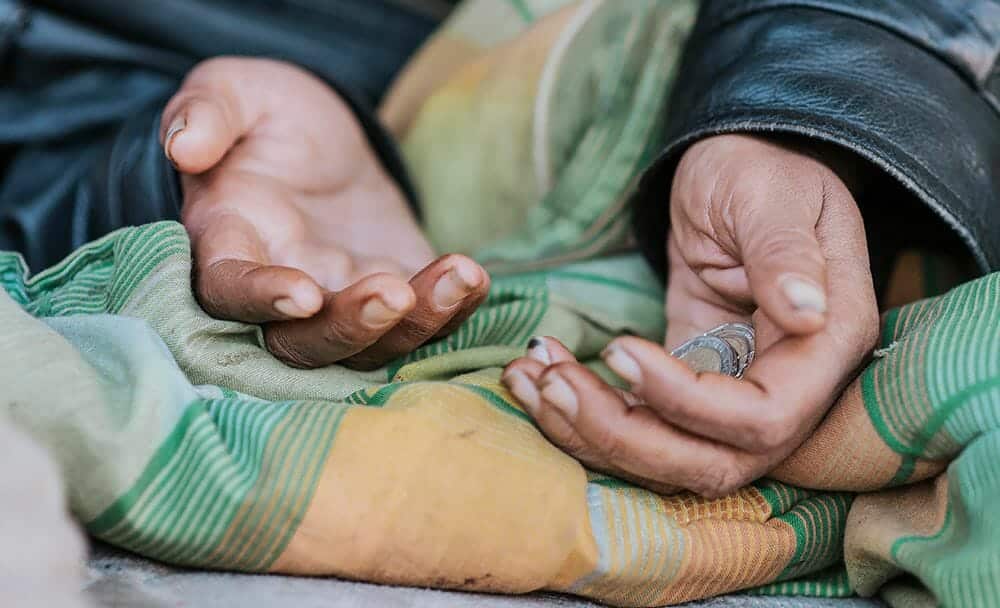
Kwashiorkor is most prevalent in regions with high poverty rates and limited access to nutritious food. Economic constraints can prevent families from providing adequate protein sources to their children. [1]
Infections and other causes:
Concurrent infections, such as measles, can exacerbate the effects of Kwashiorkor by impairing nutrient absorption and increasing nutrient loss. Other causes include disruptions in childhood and poverty. [1]
Kwashiorkor (Malnutrition) according to Ayurveda:
Malnutrition is viewed under Apatarpanajanya vyadhis in Ayurveda. Based on severity and aetiology it may be considered as Karshya, Phakka, Parigarbhika and Balashosha.
Causes
- Ruksha annapana (food that causes dryness)
- Excessive intake of Kashaya (Astringent), katu (spicy), and Tikta (Bitter)
- Rasa, alpabhojana (inadequate food)
- Pramitashana (intake of nutritionally deficient food)
- anashana (absolute no food intake)
- langhana (Fasting)
- ativyayam (excessive exercise)
- malamutradinigraha (Suppression of natural urges)
- vatasevana (excessive exposure to wind)
- atapasevana (Excessive exposure to sunlight)
- atibhargamana , atichinta (worry)
- atikrodha (anger)
- atibhaya (fear) [5]
How can Kwashiorkor be diagnosed?
The diagnosis of Kwashiorkor involves a combination of clinical examination, past medical history, nutritional history, vaccination history, and family history. A healthcare professional will assess the child’s malnutrition severity and physical appearance. The latter includes the mid-upper arm circumference, weight-for-height, and presence of symmetrical pitting edema. [1]
How can Kwashiorkor be treated?
The primary goal of treating Kwashiorkor disease is to restore adequate protein intake and address any underlying infections or medical conditions. Treatment usually involves the following:
Nutritional rehabilitation:
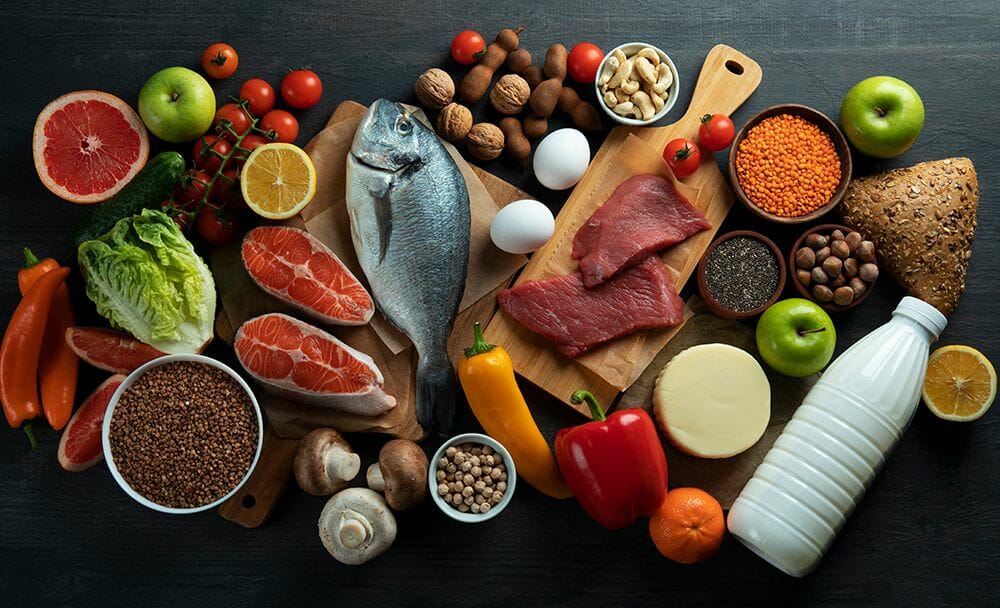
Severely malnourished children with Kwashiorkor require specialized therapeutic diets that gradually reintroduce protein-rich foods such as milk, eggs, and meat. This is often done in a controlled clinical setting to closely monitor the child’s progress. [4]
Nutritional supplements:
In addition to a balanced and healthy diet, nutritional supplements such as potassium, magnesium, and zinc may be prescribed to ensure that the child receives all the essential nutrients necessary for recovery. [4]
Medical care:
Treating any underlying infections or medical conditions is crucial. Antibiotics may be administered and appropriate medications may be given to address other complications. [4]
Supportive care and patient education:
Providing a supportive and nurturing environment is essential for the child’s emotional well-being. This includes regular monitoring, close follow-up, and counseling for the child and their caregivers. [1]
Other important points to bear in mind during Kwashiorkor treatment are:
- Treating or preventing low levels of calcium in the body
- Treating or preventing abnormally low body temperature
- Treating or preventing excessive loss of body fluids
- Restoring the balance of electrolytes in the body
- Treating or preventing infections
- Addressing deficiencies in essential micronutrients
- Initiating gradual feeding
- Promoting accelerated growth to reach normal development milestones
- Offering sensory stimulation and emotional support
- Preparing for post-recovery monitoring and follow-up. [1]
Management of Kwashiorkor through Ayurveda:
PEM or Protein-energy malnutrition can be effectively managed through the approach known as Santarpana, which is based on two main factors: correcting Agni (digestive power) and nourishing the Dhatu (body tissues).
For Balshosha (marasmus, PEM), the intervention includes nutritional support for the mother, Panchakarma therapy such as Abhyanga (oil massage), and drug interventions to improve appetite and promote weight and strength gain.
In the case of Parigarbhika (kwashiorkor), the focus is on drug interventions to improve appetite and provide wholesome nutritious food. [5]
FAQs
1. What is the best diet for kwashiorkor?
It is important to maintain a balanced diet with adequate amounts of protein. This can be accomplished through the consumption of foods such as meat, fish, eggs, and legumes which are high in proteins.
2. Is any vitamin supplement also needed for kwashiorkor?
According to recent studies, antioxidant micronutrients such as β-carotene, lycopene, other carotenoids, and vitamin C play a role in the disease’s development. It is also recommended that Vitamin A supplements be taken to alleviate the condition.
3. What foods should be ideally avoided for kwashiorkor?
Foods that are intolerant of fats, including milk fat, and sugars as well as noxious foods should be avoided. The diets, therefore, must contain as much protein as possible.
Conclusion:
Kwashiorkor is a kind of complicated malnutrition caused by a lack of dietary protein. It primarily affects children in resource-limited settings and can lead to various Kwashiorkor symptoms, including edema, malnutrition, and skin and hair changes. Early diagnosis of the issue and prompt treatment are crucial for the successful recovery of affected individuals. Efforts to address poverty, improve access to nutritious food, and educate communities about proper nutrition are vital in preventing and managing Kwashiorkor disease in at-risk populations.
Disclaimer:
This article is written from a health and wellness perspective and is not medical advice. Kindly seek the help of a certified medical practitioner before initiating any treatment.
References:
- Kwashiorkor
- The Story of Kwashiorkor
- Educational Case: Understanding Kwashiorkor and Marasmus: Disease Mechanisms and Pathologic Consequences
- Nutrition rehabilitation of children with severe acute malnutrition: Revisiting studies undertaken by the National Institute of Nutrition
- Understanding PEM in Ayurveda with management











